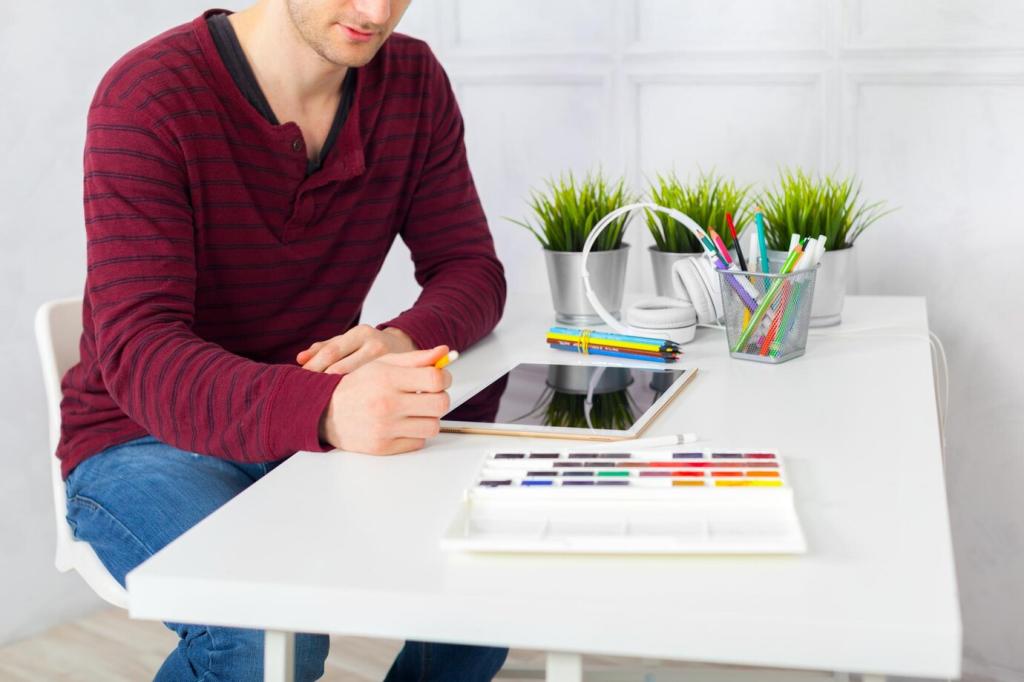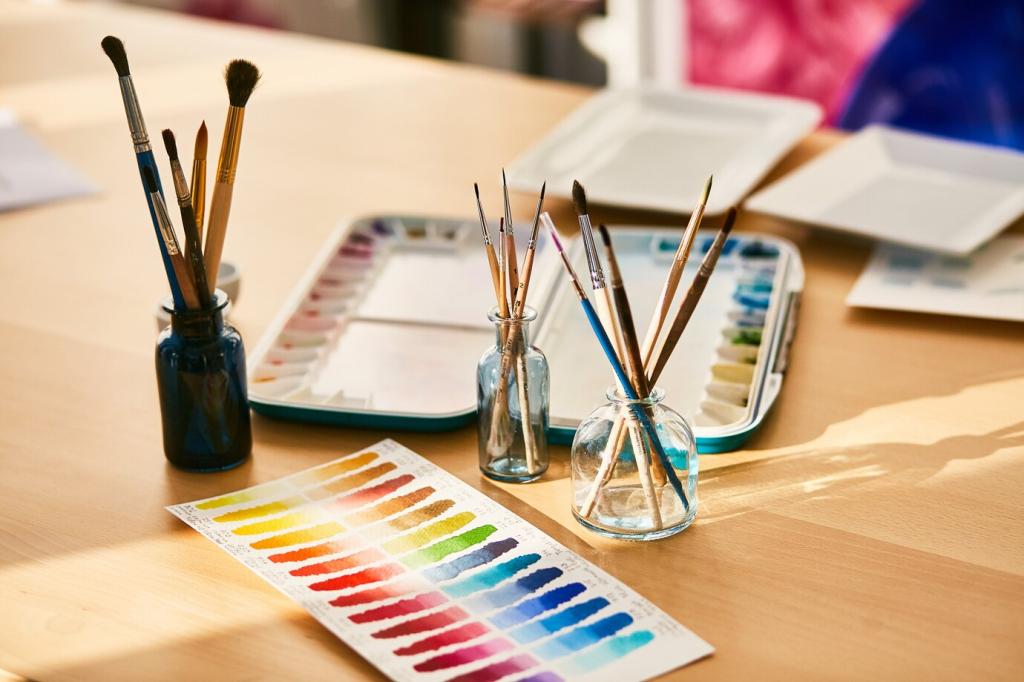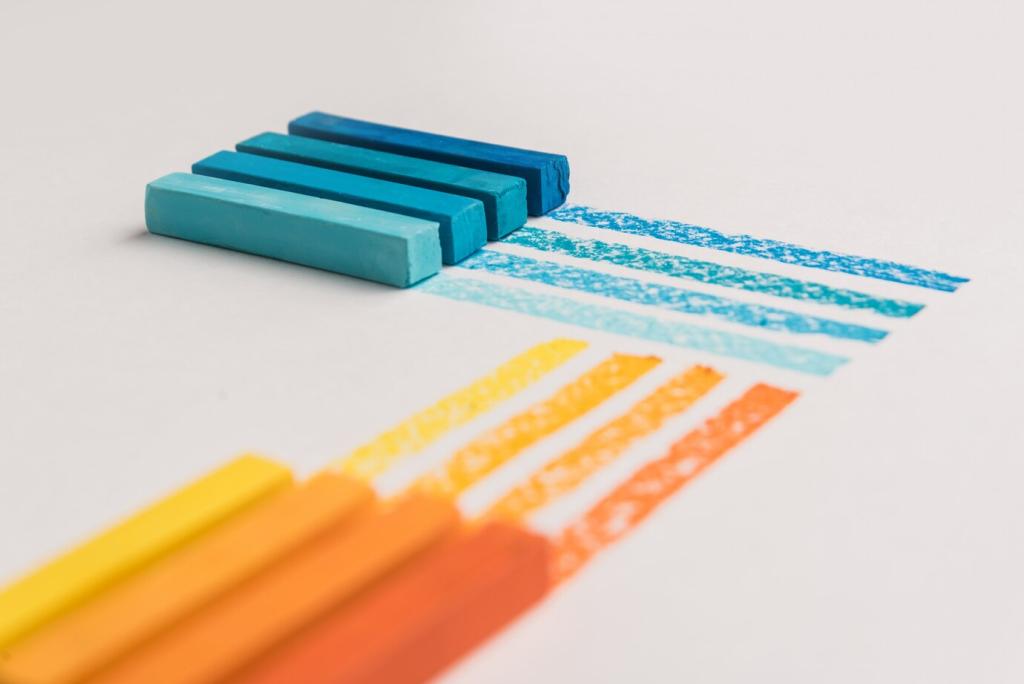
Choosing the Right Colors for Your Living Spaces
Creating an inviting and harmonious living environment starts with selecting the right colors. The hues you choose for your walls, furniture, and accessories can dramatically affect the mood, comfort, and visual appeal of every room. By understanding the basics of color theory, personal preferences, and lighting, you can transform ordinary spaces into personalized sanctuaries that reflect your taste and enhance your well-being. Whether you’re renovating or redecorating, making thoughtful color choices can bring out the best in your home and elevate your daily experience.
How Colors Affect Mood
Every color has an emotional resonance. Warm hues like reds and yellows tend to stimulate the senses and create a sense of warmth and excitement, making them great for social areas. Cooler tones such as blues and greens generally evoke calmness and tranquility, which is ideal for bedrooms or bathrooms. Even neutrals can impact how spacious or intimate a room feels. Understanding these underlying effects allows you to tailor each room’s palette to its intended function and ambiance, ensuring your living spaces are both beautiful and emotionally supportive.
Energizing Versus Calming Palettes
When selecting colors, consider the kind of energy you want to foster in each room. Vibrant oranges and dynamic reds can infuse living rooms or kitchens with vitality, perfect for gatherings and lively conversations. On the other hand, soft pastels or muted earth tones cultivate a restful, restorative atmosphere, well-suited to bedrooms or reading nooks. Striking a balance between energizing and calming colors can help you delineate spaces for various activities, optimizing both function and comfort throughout your home.
Personal Associations and Preferences
Color choices are intensely personal, shaped by past experiences, cultural background, and even childhood memories. What feels cozy and welcoming to one person may seem overwhelming to another. Trust your instincts when selecting hues for your living space. If certain shades evoke positive feelings or nostalgia, find ways to incorporate them, either boldly on walls or subtly through accents. Ultimately, choosing colors that you genuinely love forms the foundation for a home that truly feels like your own.
Considering Natural and Artificial Light

Sunlight’s Impact on Color
Natural light changes throughout the day, affecting how colors are perceived. Morning light tends to be cooler and softer, which can make pale colors seem more luminous, while afternoon sunlight can bring out the warmth in deeper hues. Pay attention to how much direct sunlight each room receives and at what times, as this can influence whether a color feels vibrant or subdued. Sample swatches on your walls to observe their appearance in varying natural light conditions before making a final decision.

Effects of Artificial Lighting
Artificial lighting can further modify how colors are experienced in your living spaces. Incandescent bulbs cast a warm, yellow glow that can intensify reds and oranges but dull cooler shades. In contrast, LED or fluorescent lighting often emits a blueish tone, which can enhance cool colors but make warm ones look flat. Selecting the right type of lighting fixtures, and their color temperature, allows you to compensate for or accentuate certain color palettes, helping you achieve the desired mood during the evening hours.

Creating Consistency Through Lighting
Achieving a cohesive and pleasant aesthetic throughout your home involves considering lighting when planning color schemes. Choose paint finishes and color saturations that harmonize under all lighting conditions. Layer different light sources, such as floor lamps, sconces, and pendant fixtures, to create a balanced atmosphere that showcases your colors to their best advantage. Mindful planning eliminates unexpected shifts in mood or appearance, allowing your chosen colors to shine beautifully at any time.

Assessing Fixed Elements
Begin by taking stock of the “fixed” elements within your rooms—things like flooring, window frames, and major furnishings that are either permanent or costly to replace. These components often serve as the backdrop for your color choices and will strongly influence which hues will complement or clash with the overall environment. Identifying the dominant tones in these elements can help you narrow down your options, creating a palette that works harmoniously with what you already own.

Complementing Artwork and Accessories
Artwork and decorative items are excellent starting points for building a color scheme. Pulling accent colors from your favorite paintings, textiles, or ceramics provides visual continuity and highlights treasured pieces. Consider the intensity and style of these accessories; bold, modern works might lend themselves to more saturated hues, while vintage or rustic décor pairs well with softer, muted tones. Integrating these inspirations into your palette ensures your space reflects your individual style.
